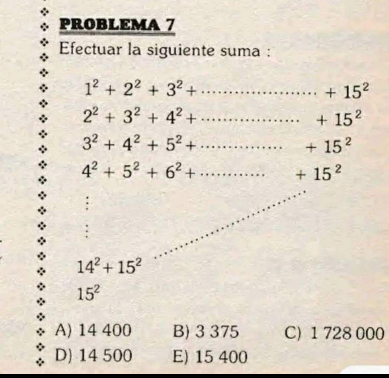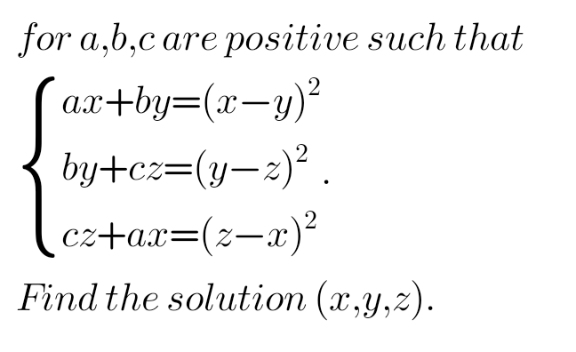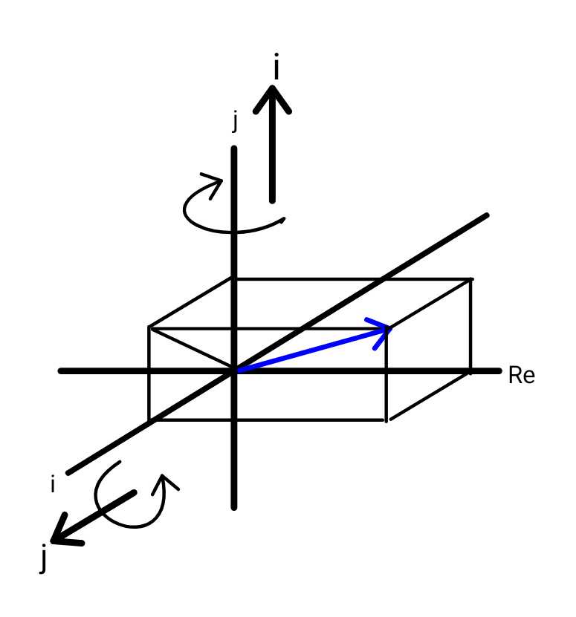
AlgebraQuestion and Answers: Page 91
Question Number 185522 Answers: 0 Comments: 1

Question Number 185515 Answers: 1 Comments: 0
Question Number 185481 Answers: 0 Comments: 0

Question Number 185446 Answers: 0 Comments: 0

Question Number 185414 Answers: 0 Comments: 1
Question Number 185403 Answers: 2 Comments: 0
Question Number 185402 Answers: 0 Comments: 0

Question Number 185395 Answers: 1 Comments: 0

Question Number 185394 Answers: 1 Comments: 0

Question Number 185385 Answers: 0 Comments: 0

Question Number 185383 Answers: 0 Comments: 0
Question Number 185337 Answers: 1 Comments: 0

Question Number 185336 Answers: 0 Comments: 0

Question Number 185315 Answers: 2 Comments: 0
Question Number 185310 Answers: 1 Comments: 1

Question Number 185239 Answers: 0 Comments: 3

Question Number 185222 Answers: 2 Comments: 0
Question Number 185210 Answers: 3 Comments: 2
$${x}=\frac{{x}^{\mathrm{2}} +\mathrm{1}}{\alpha+\mathrm{1}}\:\:\:\:\:\:\:\:\:\:{x}=? \\ $$
Question Number 185206 Answers: 0 Comments: 1

Question Number 185204 Answers: 1 Comments: 1
Question Number 185198 Answers: 0 Comments: 2

Question Number 185192 Answers: 0 Comments: 2

Question Number 185191 Answers: 1 Comments: 0
Question Number 185164 Answers: 0 Comments: 0

Question Number 185163 Answers: 0 Comments: 0

Question Number 185151 Answers: 1 Comments: 0

